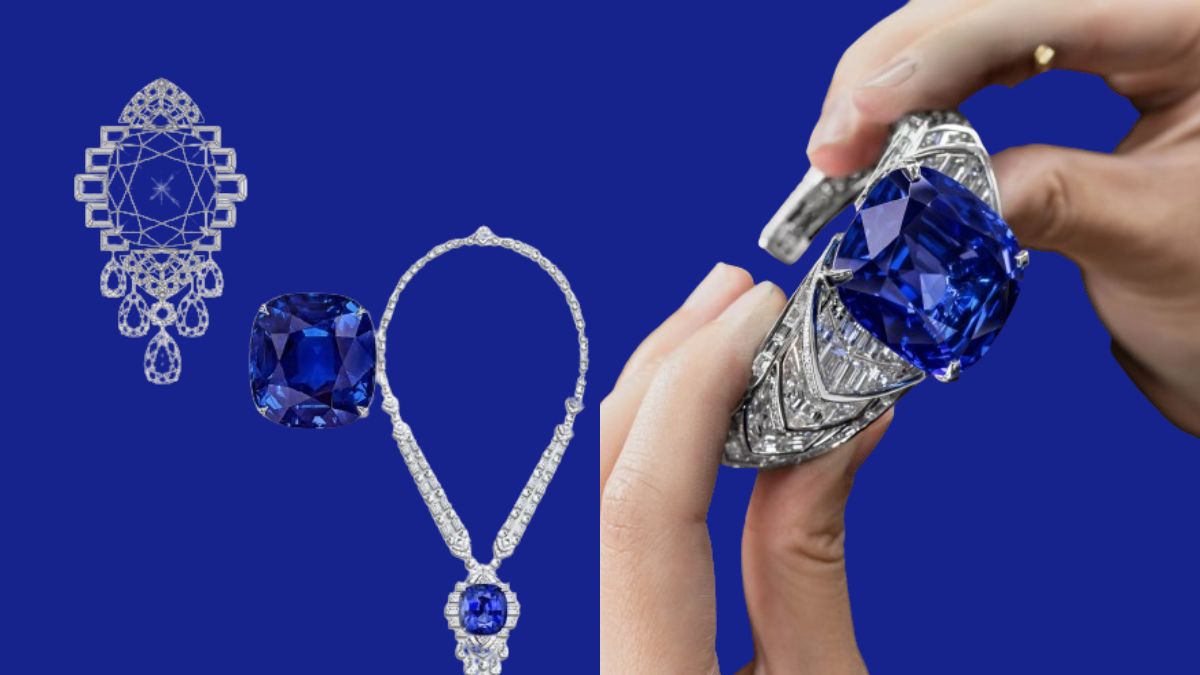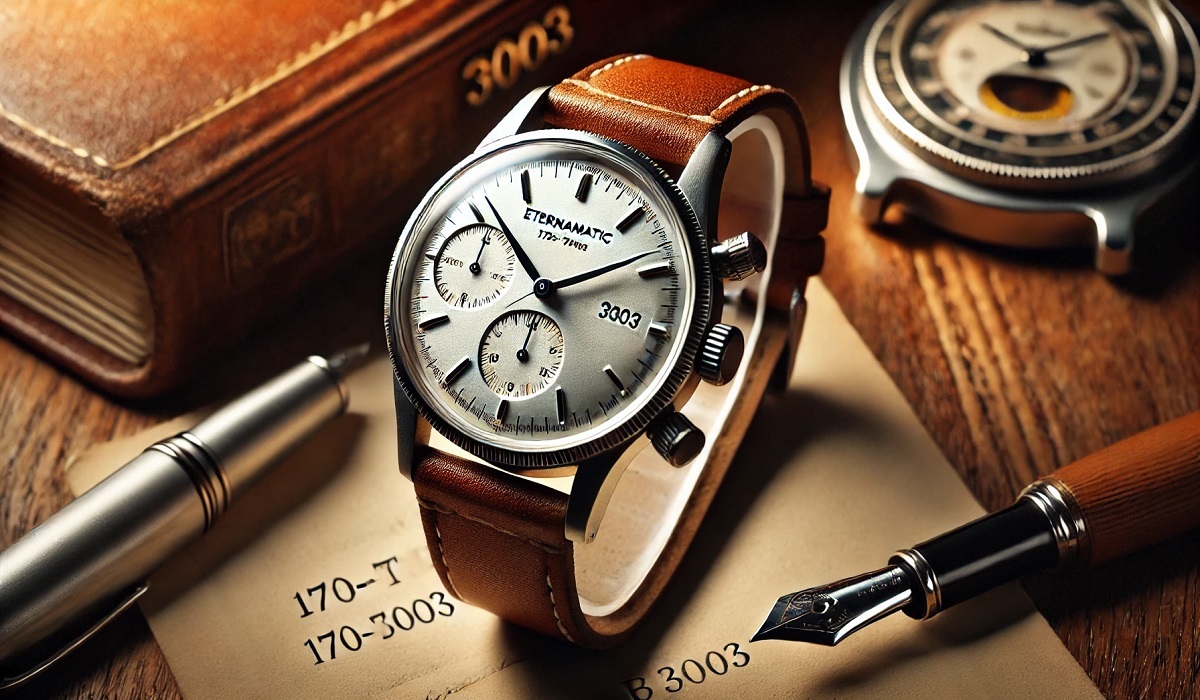Saphıre, a gemstone as rich in history as it is in color, has captivated humanity for centuries. Known for its striking blue hues, sapphire is more than just a pretty gem; it’s a symbol of nobility, truth, and sincerity. Its depth and durability have made it a favorite among royalty and enthusiasts alike.
Sapphire is a variety of the mineral corundum, composed primarily of aluminum oxide with trace amounts of elements such as iron, titanium, chromium, copper, and magnesium. These impurities are responsible for the wide range of colors in which sapphire can be found. While the most well-known color of sapphire is blue, sapphires in yellow, purple, orange, and green are equally captivating and are known as “fancy sapphires.” The only color that corundum cannot be is red, as red-colored corundum is classified as ruby, another gemstone altogether.
Geologically, sapphires are found in igneous rocks or alluvial deposits. They are primarily sourced from regions like Kashmir, Sri Lanka, Madagascar, Thailand, and Montana, USA. Each region produces sapphires with distinct qualities. For example, Kashmir sapphires are highly prized for their vivid blue color and velvety texture.
Historical Significance of Sapphire
The history of sapphire is as rich as its appearance. Historically, sapphires were believed to hold protective properties. Leaders in ancient Greece and Rome wore sapphires as protection from harm and envy. In the Middle Ages, the clergy wore blue sapphires to symbolize Heaven, while commoners believed the gem attracted heavenly blessings.
Sapphire also appears in several historical artifacts. The British Crown Jewels are replete with large, beautiful sapphires, underscoring their association with royalty and divine favor. The famous 104-carat Stuart Sapphire and the 12-carat oval blue sapphire engagement ring given by Prince Charles to Lady Diana Spencer, which now adorns the finger of Catherine, Duchess of Cambridge, are perfect examples of its enduring appeal.
Varieties and Treatments
Sapphires are not only admired for their beauty but also their strength and hardness—second only to diamonds on the Mohs hardness scale. This makes them a superb choice for jewelry that can withstand daily wear, such as engagement rings.
One of the most fascinating varieties of sapphire is the “star sapphire,” which exhibits a star-like phenomenon known as asterism. This effect is caused by the reflection of light from tiny, oriented inclusions of rutile (a mineral made up mostly of titanium dioxide).
Many sapphires are treated to enhance their color and clarity. Heat treatment is the most common method, which improves the gemstones’ overall appearance and makes them more appealing to consumers. Another less common treatment is diffusion, where chemicals are added during the heating process to deepen the color.
Read Also: Dutch Heel From Practical Footwear to Global Fashion Statement
Sapphire in Modern Use
Beyond jewelry, sapphire is used in various industrial applications. Its exceptional hardness makes it ideal for high-durability windows, watches, and electronic substrates. High-quality synthetic sapphires are used in the manufacture of shatter-resistant windows and in certain wristwatches, making them virtually scratch-proof.
Ethical and Sustainable Practices
As the demand for sapphires grows, so does the importance of ethical sourcing. Many consumers today prefer to buy sapphires from mines that practice responsible mining methods that ensure the safety of workers and minimize environmental damage. Organizations like the Responsible Jewellery Council promote responsible ethical, social, and environmental practices throughout the jewelry supply chain, which includes sapphire mining.
Cultural and Astrological Significance
In various cultures, sapphires are more than just ornaments—they are steeped in symbolic meaning. For instance, in Hindu astrology, sapphire is associated with the planet Saturn and is believed to have powerful influences on the life path of the wearer, offering wealth, mental clarity, and spiritual insight. Many people wear sapphires as talismans to protect against evil spirits and other negative energies.
In Buddhism, sapphire is considered one of the ‘precious stones’ and is used in prayers and meditation for its calming energies that are said to aid in spiritual enlightenment. Meanwhile, in the Christian tradition, sapphires are symbols of purity and wisdom. They are often featured in ecclesiastical rings worn by bishops.
The Art of Cutting and Valuing Sapphires
The cutting of sapphires is an art that requires precision and an understanding of the gemstone’s crystal structure. The most common cuts are oval and cushion, but sapphires are also shaped into rounds, emeralds, and other bespoke cuts to enhance their inherent beauty and maximize their brilliance. The value of a sapphire is determined by several factors including its size, color, clarity, and cut. The most valuable sapphires are those that are not only large and without inclusions but also possess an intense, even blue color.
Collecting and Caring for Sapphires
For collectors, sapphires offer a fascinating array of options. Beyond the classic blue stones, collectors prize the rare orange-pink “Padparadscha” sapphires, whose color resembles that of a tropical sunset. These sapphires are among the most sought-after gems in the world, fetching premium prices on the market.
Caring for sapphires involves safeguarding them from scratches and exposure to harsh chemicals. Although they are durable, they can be damaged by impact with hard surfaces. Cleaning them is best done with warm soapy water and a soft brush.
Contemporary Sapphire Jewelry Trends
Today, sapphire jewelry is as popular as ever, with modern designs that emphasize minimalistic settings to showcase the stone’s natural beauty. Designers are moving beyond traditional settings, crafting pieces that blend sapphires with other precious stones to create vibrant, eye-catching compositions. Engagement rings featuring sapphires are increasingly popular among couples looking for alternatives to traditional diamonds, offering a touch of color and personality.
Conclusion
Sapphire remains a timeless gem that embodies a blend of natural beauty, profound strength, and rich symbolism. Its versatility in both traditional and modern contexts ensures that it will continue to be cherished for generations to come. Whether worn for aesthetic appeal or its metaphysical properties, sapphire continues to be a gemstone that enriches the lives of those who wear it, bridging the gap between the past and the present, the earthly and the celestial.
Read More: Are Cuban Heel Shoes Comfortable for Everyday Wear





